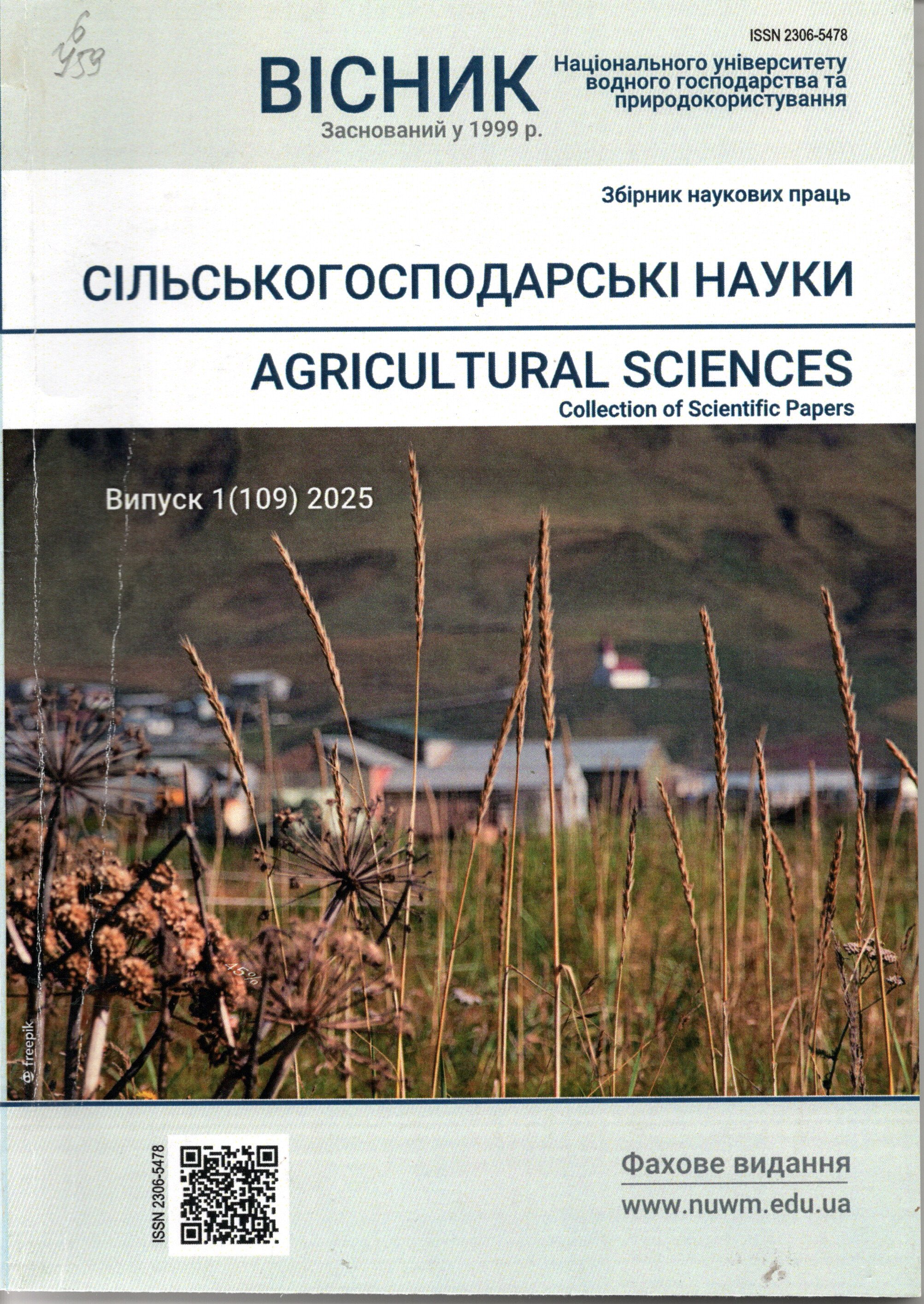GEO-ECOLOGICAL CONDITIONS OF EXPLOITATION OF THE SHISHKOVETSK GYPSUM DEPOSIT
DOI:
https://doi.org/10.31713/vs1202510Keywords:
production technologies, environmental safety, gypsum deposit, construction industry, mining and quarryingAbstract
The article examines the geoecological conditions of one of the largest gypsum deposits in Eastern Europe (Shyshkovetsky deposit, Chortkiv district, Ternopil region) and characterizes the main technological and organizational solutions for its development and operation. The structure of the main environmental pollution in the area of mining operations was analyzed (as proposed by V. Biletskyi) at different stages: geological exploration, mineral extraction, and deposit enrichment. It was established that the Shyshkovetsky deposit is being actively mined, which leads to several environmental issues, including water basin pollution (including groundwater contamination), air pollution, and risks of land subsidence and flooding. As a result of the research, the overall impact of mining activities on the environment, as well as the environmental problems associated with production technologies, was identified. The authors also proposed a number of measures for the rational use of mineral resources and subsoil protection, namely technological, protective, preventive, and ecological strategies. Additionally, the range of tasks to be addressed and the main directions for further work were outlined. This study provides geological-genetic, engineering-geological, and hydrological characteristics of the Shyshkovetsky gypsum deposit. The geological structure of the industrial gypsum layer was studied in detail. The research determined the main technological and organizational solutions for the deposit’s development, examined the method of mine field access, analyzed safety measures for various mining operations, and reviewed scientific studies on the toxic properties of gypsum-containing waste generated during production activities to determine its hazard class for the natural environment.Downloads
Published
2025-11-06
Issue
Section
Articles

